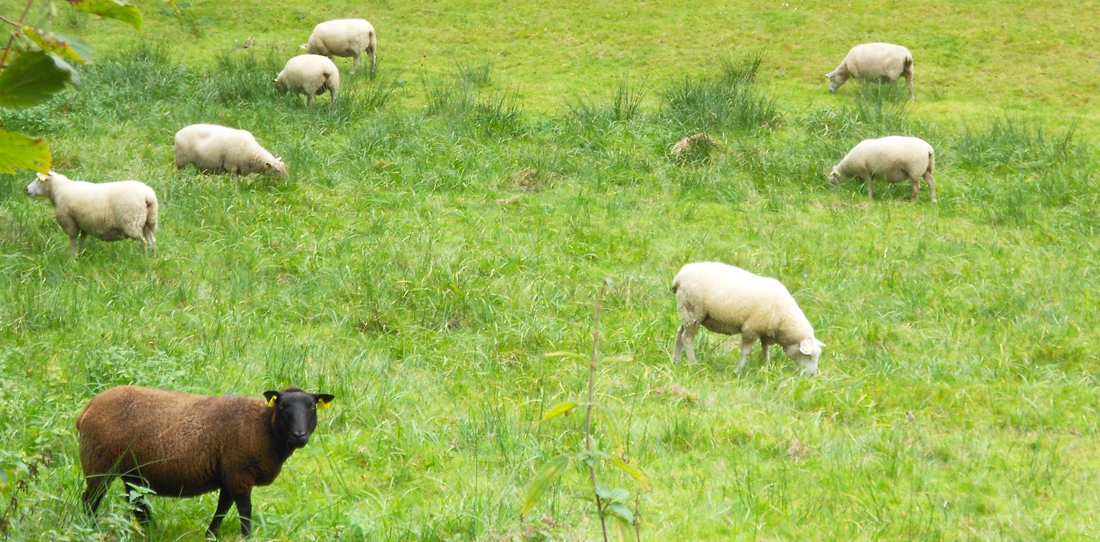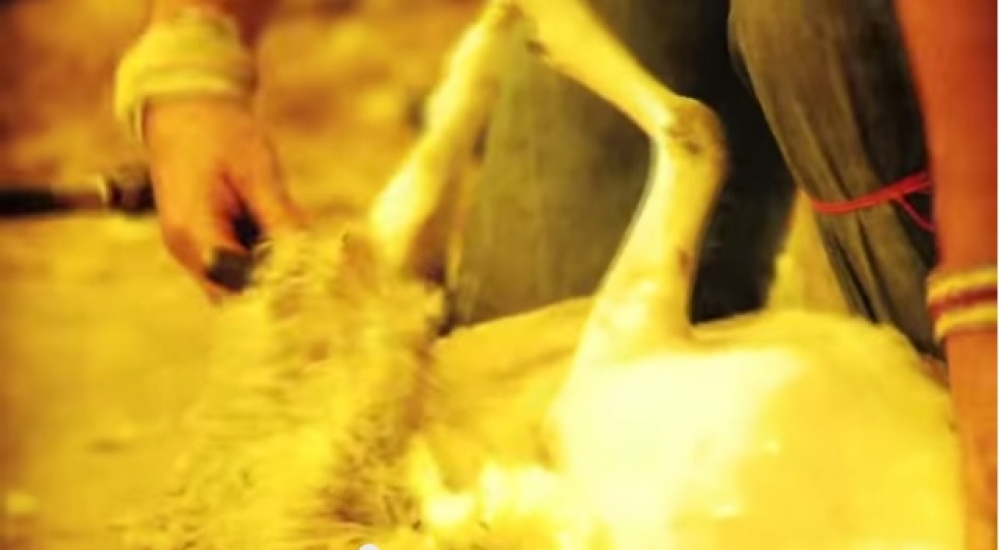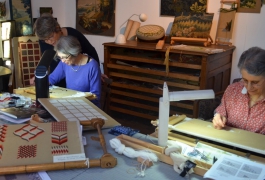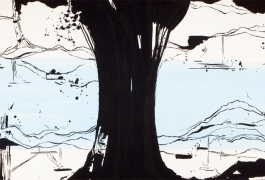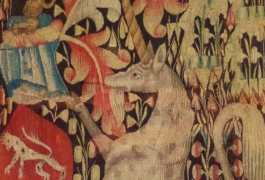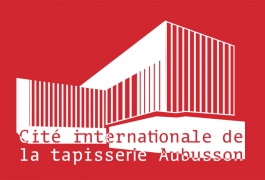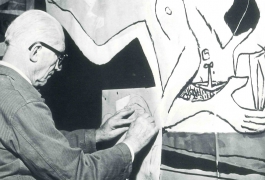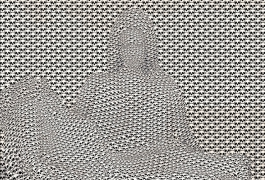A living material
“The history of wool is closely intertwined with tapestry history. Its multiple qualities, the matte finish and the depth of its color tones, its elasticity during the weaving process and the warmth of its aspect make it the ultimate noblest fiber” Louis-Marie Julien, cartoon painter (1904 – 1982)
Tapestry weaving is a matter of fibers, and first and foremost the wool, lagging, flexible, resistant and most of all particularly adapted to dyeing.
Wool comes from the sheep fleece. A large amount of races exists, each giving various qualities to the wool, in terms of length, resistance and fiber delicacy. The legal appellation for “wool” covers fibers coming from other animals as well, such as alpacas, llamas, camels, Angora rabbits, Kashmir and Angora goats (mohair wool). However, these specialized wools are produced in extremely limited quantities and are mostly used in addition to sheep wool.
To harvest the wool, the fleeces have to be shorn; in the past, using a pair of scissors called “forces” and nowadays, much quicker with an electric clipper. A fleece weights in average from 2 to 5 kg (from 4, 5 to 11 pounds approximately). A large amount of grease and impurities leaves the fleece in one piece. Before cleaning the wool, the fleece must be separated according to the different quality areas, more or less fine depending on their Location on the animal: This is known as the sorting step.
The wool quality is evaluated following five criteria: traction resistance, fibers delicacy, fibers length, “crimp” and color. This sorting produces different batches which are to be sent to the washing, which will process the wool destined, among other things, to be spun.
In Limousin, ovine breeding is a tradition, especially in the Millevaches regional natural Park. The Aubusson-Felletin textile environment and the breeding tradition lead many actors (elected representatives, associations, producers, etc.) to try and reposition the locally produced wool within Creuse's arts and textile industry. Even if the wool is still mainly imported from Australia and the Creusois ovine sector is mainly centered on meat production, more and more breeders are becoming aware of the wool potential of their exploitation.

